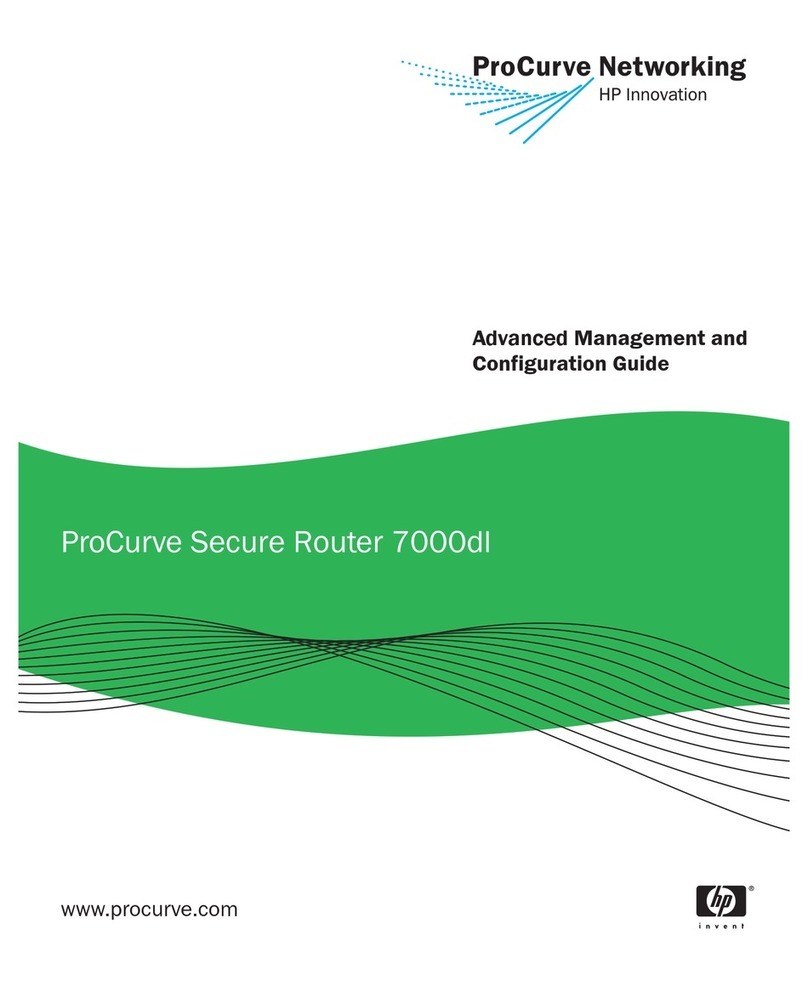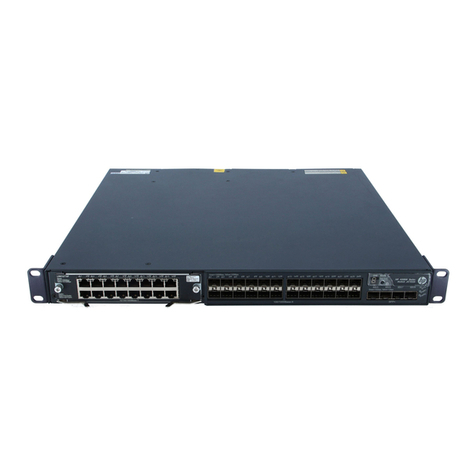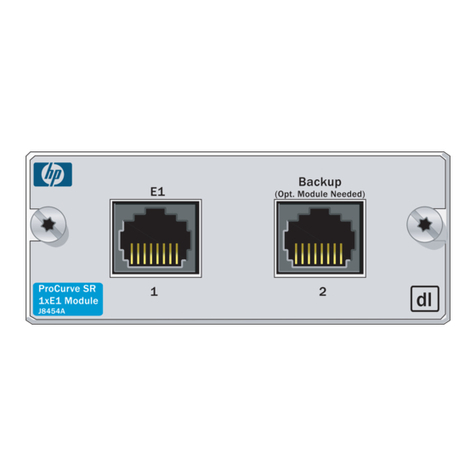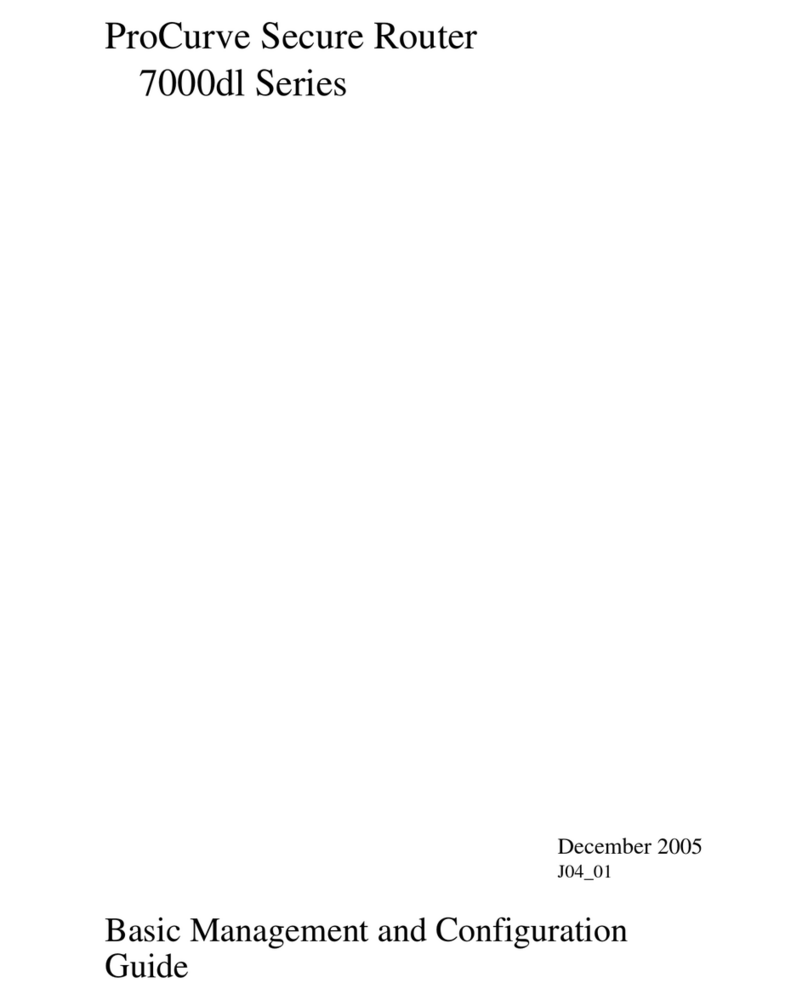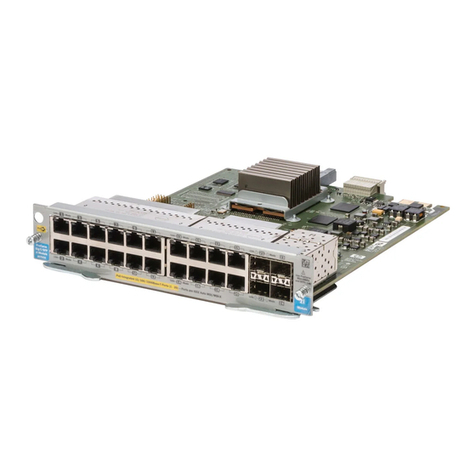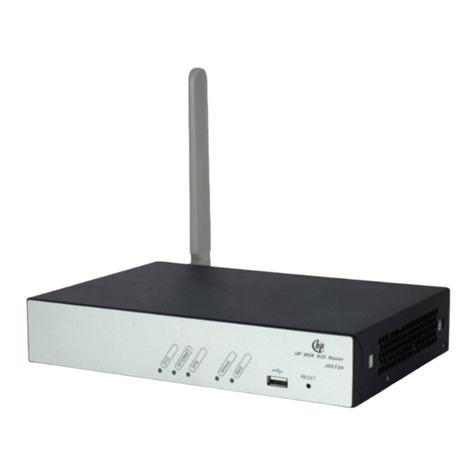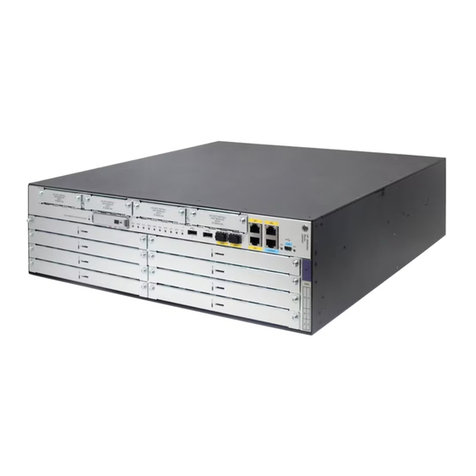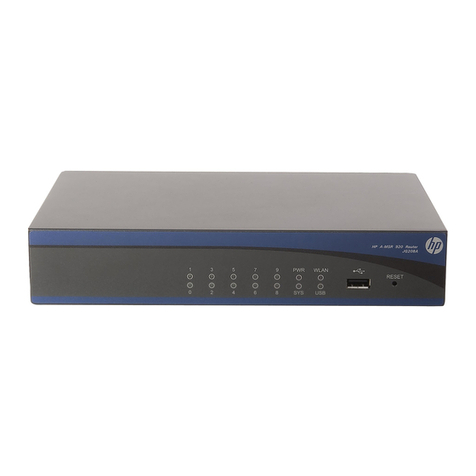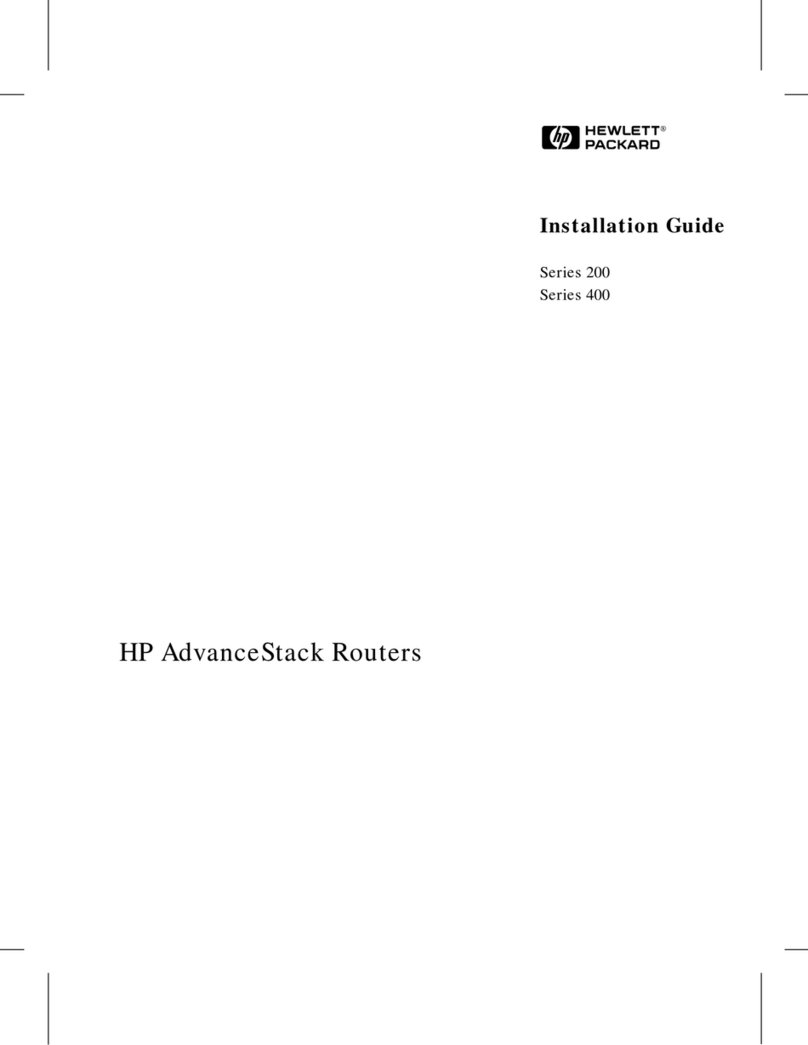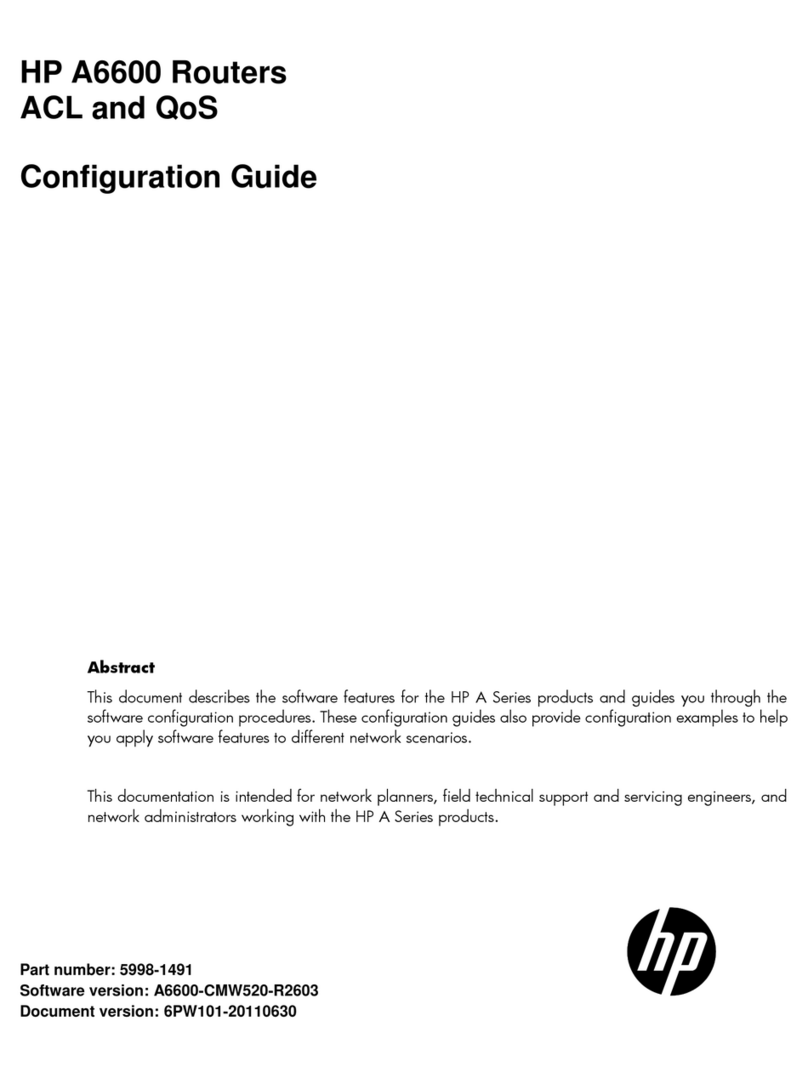
ii
Configuration prerequisites ······················································································································47
Configuration procedure···························································································································47
Configuring IGMP proxying······························································································································47
Configuration prerequisites ······················································································································47
Enabling IGMP proxying ··························································································································48
Enabling multicast forwarding on a non-querier interface ········································································48
Configuring multicast load splitting on an IGMP proxy·············································································49
Configuring multicast access control ···············································································································49
Configuration prerequisites ······················································································································49
Enabling multicast access control ············································································································49
Configuring an IGMP user access policy ·································································································50
Enabling per-session multicast forwarding·······························································································50
Configuring a VLAN-based static group member·····················································································51
Displaying and maintaining IGMP····················································································································52
IGMP configuration examples··························································································································52
Basic IGMP features configuration examples ··························································································52
IGMP SSM mapping configuration example ····························································································54
IGMP proxying configuration example ·····································································································57
Multicast access control configuration example (for PPPoE)···································································59
Multicast access control configuration example (for IPoE) ······································································63
Multicast access control configuration example (for Portal)·····································································68
Troubleshooting IGMP ·····································································································································73
No membership information on the receiver-side router ··········································································73
Inconsistent membership information on the routers on the same subnet···············································73
Configuring PIM ···························································································· 74
Overview ··························································································································································74
PIM-DM overview·····································································································································74
PIM-SM overview ·····································································································································76
BIDIR-PIM overview·································································································································82
Administrative scoping overview ··············································································································85
PIM-SSM overview···································································································································87
Relationship among PIM protocols ··········································································································88
PIM support for VPNs ······························································································································89
Protocols and standards ··························································································································89
Configuring PIM-DM ········································································································································89
PIM-DM configuration task list ·················································································································90
Configuration prerequisites ······················································································································90
Enabling PIM-DM ·····································································································································90
Enabling the state refresh feature ············································································································90
Configuring state refresh parameters·······································································································91
Configuring PIM-DM graft retry timer ·······································································································91
Configuring PIM-SM·········································································································································92
PIM-SM configuration task list··················································································································92
Configuration prerequisites ······················································································································92
Enabling PIM-SM ·····································································································································92
Configuring an RP····································································································································93
Configuring a BSR ···································································································································95
Configuring multicast source registration ·································································································97
Configuring the switchover to SPT···········································································································98
Configuring BIDIR-PIM ····································································································································98
BIDIR-PIM configuration task list ·············································································································99
Configuration prerequisites ······················································································································99
Enabling BIDIR-PIM ·································································································································99
Configuring an RP··································································································································100
Configuring a BSR ·································································································································102
Configuring PIM-SSM ····································································································································104
PIM-SSM configuration task list ·············································································································104
Configuration prerequisites ····················································································································104
Enabling PIM-SM ···································································································································104
Configuring the SSM group range··········································································································105
Configuring common PIM features ················································································································105



